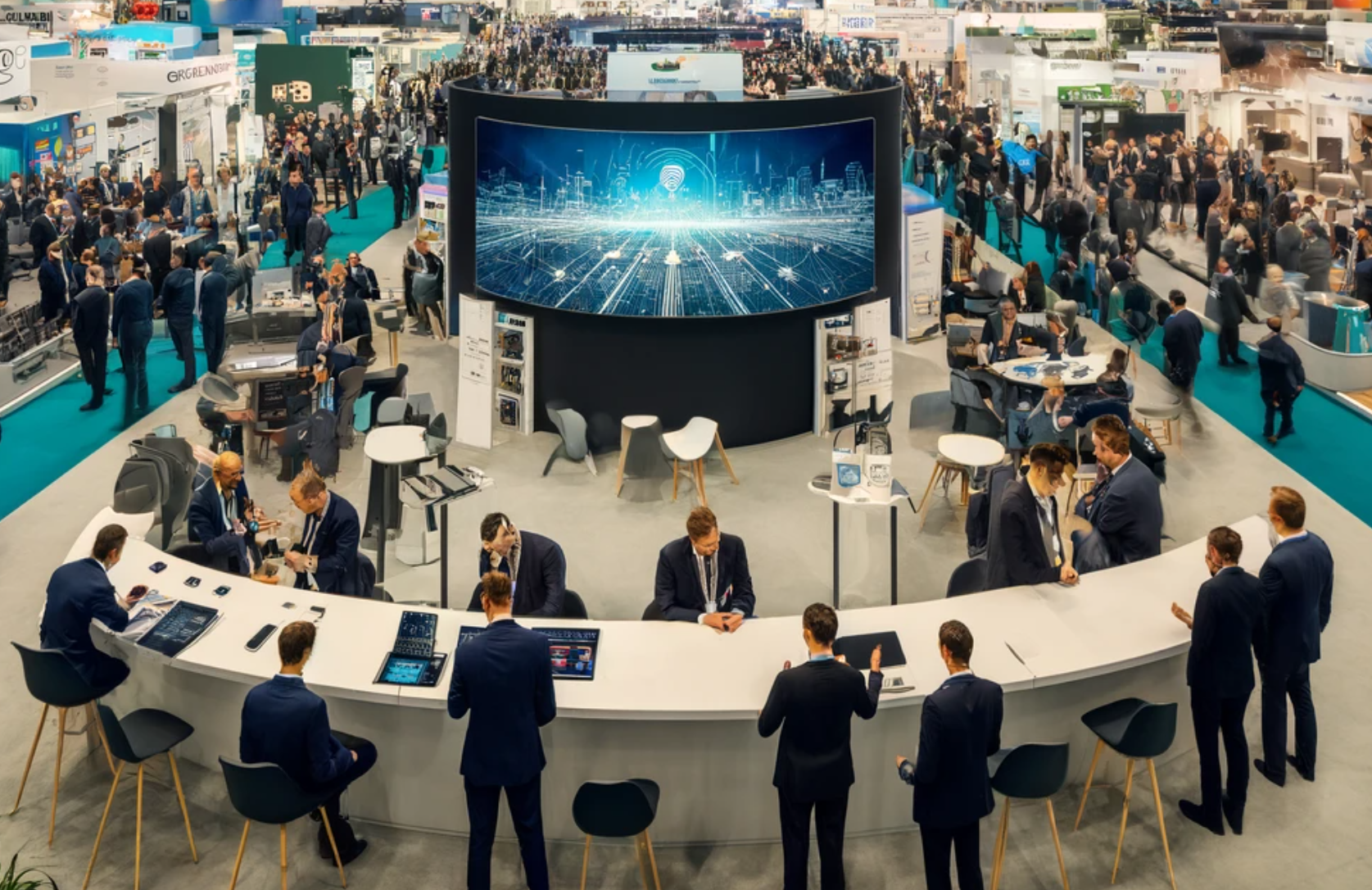Insights and Reflections from ConnectX2024: What’s Next for the Wireless Industry?
Home / Wireless Infrastructure Blog / Insights and Reflections from ConnectX2024: What’s Next for the Wireless Industry?

After an eventful ConnectX2024, filled with engaging meetings and spontaneous discussions, several key themes emerged that could shape the future of the wireless infrastructure industry. From the uncertainty surrounding the next wave of 5G deployment to the evolving role of AI, the conference provided a platform for rich insights and diverse opinions. Here are my top takeaways from this year’s event.
- Lack of Clarity on 5G Deployment/Capex: There seems to be uncertainty among attendees about what will drive the next round of 5G deployment and capital expenditures (capex). Although it was a topic in many sessions, none provided a clear path for increased capex in the next two years. Some participants suggested we might see an inflection point in 2025, but I remain skeptical. Data usage is still growing, but the rate of growth is slowing in the US. A common topic was the potential discontinuation or erosion of “unlimited” plans.
- Spectrum Availability: One reason for this uncertainty is the limited availability of new spectrum from the FCC in the next five years. While additional spectrum helps by leading to site modifications and amendments on existing towers, it also reduces the need for infill and densification of new towers and macrocells.
- Private Tower Valuations: Private tower valuations are unlikely to decrease in the near term. There are many buyers seeking relatively few assets, leading to aggressive bidding for tower portfolios. Interestingly, there are now more potential buyers of leases than ever before as companies look to expand capital commitments.
- Public Tower Company Valuations: Public tower company valuations are low, trading at some of the lowest multiples of tower cash flow in recent history. Why? As mentioned earlier, public tower companies face mediocre growth projections on existing towers compared to the early phases of the 5G rollout. They can’t match private companies in acquisitions in the US, and there are limited rational growth opportunities outside the US. Some public companies are pursuing more build-to-suit work but given what private companies accept in terms of master lease agreements, it’s hard to see how public companies can compete. Investors and I question where the catalysts for change will come from.
- AI and 5G Demand: Many participants discussed how AI and AGI will increase demand for 5G, but it seemed that most had limited experience with AI beyond chatbots. Their concepts about AI’s impact on 5G demand were underdeveloped. I hoped for more substantive information on AI’s impact on 5G, but the better sessions focused on how providers could use AI to improve operations. While I believe AI/AGI will spur additional usage of 4G and 5G services, I also suspect that AI/AGI might reduce some smartphone data use or even eliminate the need for smartphones altogether.
- Crown Castle’s Strategy: I left the conference more convinced that Crown Castle should not sell its fiber and small cell assets. Although there wasn’t much chatter on pending small cell activity, I still believe it’s coming. While ROI on small cells is not likely to match ROI on towers, owning fiber and small cells gives Crown Castle more flexibility in meeting customers’ needs. Where else can Crown Castle deploy that capital in a way that benefits its shareholders in the long term? (I’d love to hear your thoughts on this.)
- Fixed Wireless and BEAD Grants: Industry groups are making progress in lobbying states and the NTIA to consider fixed wireless as a legitimate use of Broadband Equity Access and Deployment (BEAD) Program grants. While fiber is optimal in performance, it is expensive to deploy ($5K to $20K per user) compared to fixed wireless (under $1K).
- DISH’s Future: Opinions are mixed on what happens to DISH. A widely held observation is that there isn’t much activity for new site deployments. With one year left before the FCC’s June 2025 deadline for hitting population targets in all 416 PEAs, DISH still has time. But the question remains: do they have the available capital to deploy?
- T-Mobile/Verizon and US Cellular: Surprisingly, the potential acquisition of part of US Cellular by T-Mobile or Verizon wasn’t a big topic of discussion. Perhaps the industry isn’t surprised, or they feel the impact on the tower sector won’t be significant.
- Power and Utilities: The real impact of AI is increased timelines for provisioning power to new cell sites and perhaps a greater push toward green power alternatives as the grid grows increasingly taxed. Power was a popular topic in breakout sessions and in discussion.
Overall, I enjoyed attending ConnectX and look forward to the 2025 event in Chicago. Hopefully, by then, many of the points above will have been resolved favorably for the industry!











